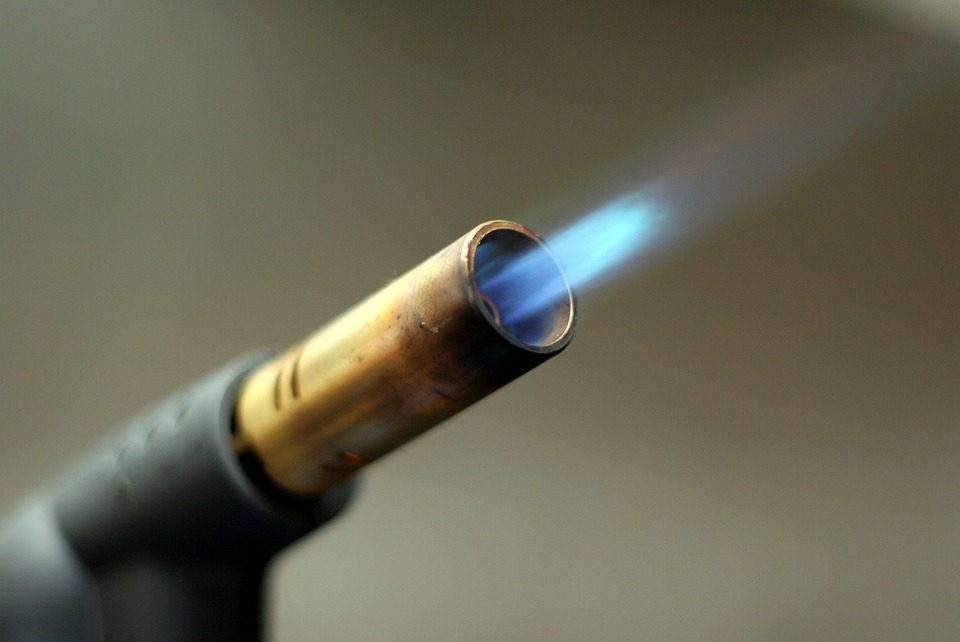[Low water pressure is a common plumbing problem faced by homeowners. It can be frustrating not being able to enjoy a refreshing shower or having to wait long periods for the washing machine to fill up. Fortunately, there are several solutions that can help to increase water pressure in your home.
1. Check for Leaks: One of the most common causes of low water pressure is leaks in the plumbing system. Leaks can occur in pipes, fixtures, and faucets. They can cause a reduction in water pressure because they reduce the volume of water that reaches your faucets and fixtures. Leaks can also cause damage to your property and increase your water bill. To check for leaks, turn off all faucets and check your water meter. If there is a change in the meter readings, it indicates that there is a leak somewhere in your system. Contact a plumber to fix any leaks you find.
2. Replace Your Showerhead: Sometimes, a low-flow showerhead can cause low water pressure. If you have an older showerhead, it is likely that it has accumulated mineral deposits over time, which can reduce water flow. Replacing the showerhead with a newer model can help to increase water pressure. Look for a showerhead with a high flow rate and good reviews.
3. Install a Pressure Booster: A pressure booster is a device that can help to increase water pressure in your home. It works by compressing the water and then releasing it at a higher pressure. A pressure booster can be installed in your main water line to increase water pressure throughout your home. However, it is essential to have a professional plumber install it to avoid any damage to your plumbing system.
4. Clean Your Aerators: Aerators are small attachments located at the end of your faucets. They help to save water by reducing the flow rate. Over time, these aerators can accumulate mineral deposits, which can reduce water flow. Clean them by soaking them in vinegar for a few hours or by using a toothbrush to scrub them.
5. Replace Your Pipes: If your pipes are old or corroded, they can cause low water pressure. Old pipes can also impede water flow due to mineral deposits and rust. Replacing your pipes can help to increase water pressure and improve the quality of water.
In conclusion, low water pressure is a common plumbing problem that can be fixed with the right solutions. Checking for leaks, replacing your showerhead, installing a pressure booster, cleaning your aerators, and replacing your pipes are all effective ways of increasing water pressure in your home. Always consult a professional plumber if you are not sure about how to fix low water pressure.

